- Vintage Samsonite Luggage Guide - February 5, 2022
- Looking Back at the Wooton Desk: A Unique Collectible - December 27, 2021
- Antique Spotlight: The Hoosier Cabinet (Ultimate Kitchen Decor) - December 27, 2021
Learning the art of photography without understanding analog cameras is like being a software developer without understanding how computers work. You simply can’t do it, and certainly not well.
Analog cameras are more than just vintage artifacts in our days of the technology uprising. They are classic tools used to build a foundation in and love of photography as an art form. They inspire conversation on the shelf and creativity in the hand.
What is an Analog Camera?
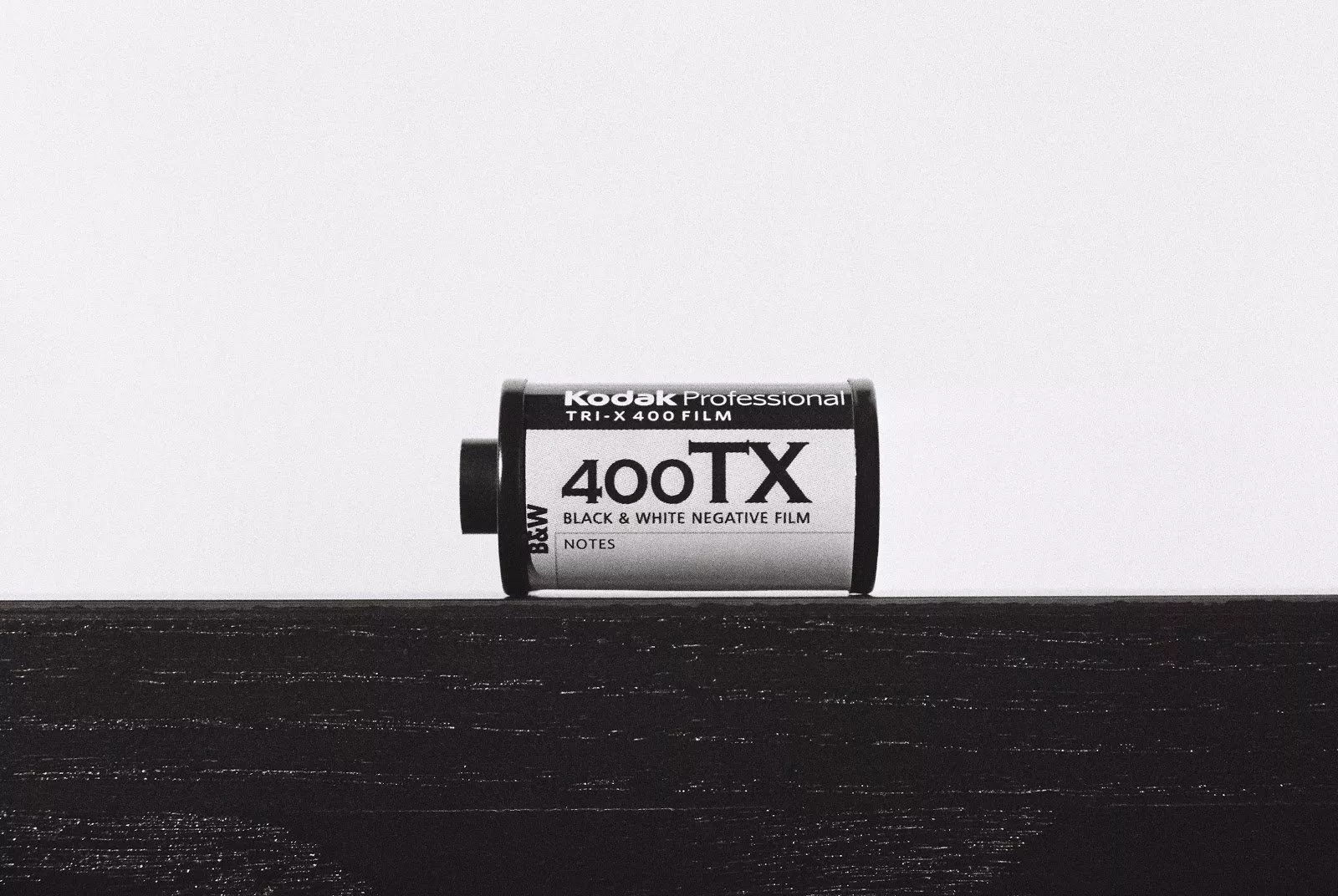
An analog camera is a camera that uses a non-electric recording medium. That’s a fancy way of saying that an analog camera uses film. It records the pictures you take on something that is not digital.
Analog cameras receive a film cartridge, they imprint images on the film negatives, and with chemical developing, those images become visible to us in the form of pictures.
It’s a hard concept to master for the kids of today, because they can’t imagine not seeing their photos the instant they take them.
We all remember waiting days for our negatives to be developed, only to find out that the pictures turned out blurry, there was a huge glare on the lens, and grandpa was blinking. Analog cameras did a great job of imprinting these imperfect memories on our brains.
History of the Analog Camera
Cameras weren’t always as we know them today. They went through several iterations before becoming something that could record permanent photographs. In fact, the first cameras were just boxes. They didn’t take pictures at all.
Pinhole cameras
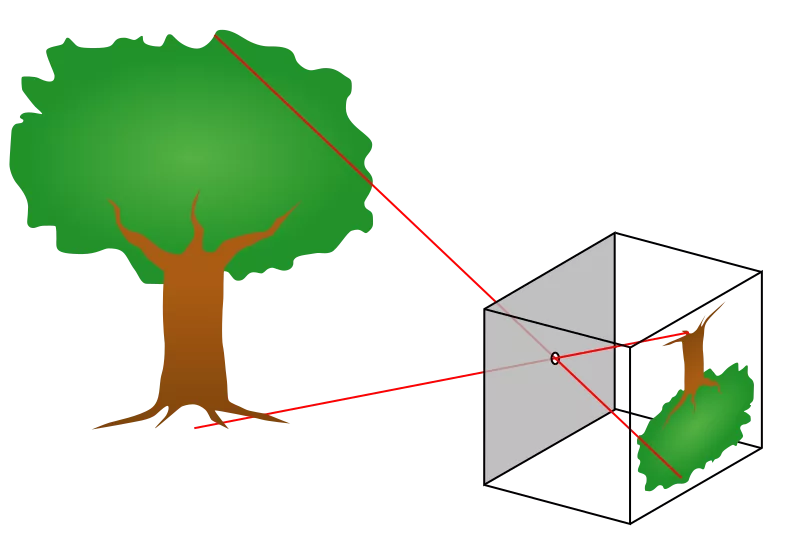
The very first pinhole camera was developed around 400 BC. It was a primitive device made by Mozi, a Chinese philosopher who apparently had a knack for photography.
Pinhole cameras are lightproof camera boxes with a pinhole. Clever name, right? They’re easy to make, and it’s a safe and interesting experiment for kids wanting to understand the basics of how an analog camera captures images on film.
The camera obscura
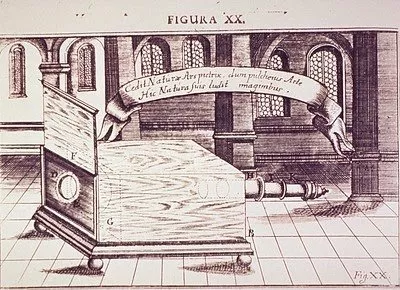
It wasn’t until the 1660s that more sophisticated cameras came around. The Irish scientist Robert Boyle and his assistant, Robert Hooke made the first portable camera obscura. Take the term ‘portable’ with a grain of salt.
This camera obscura was a large object with a rotating angled mirror at its apex. That mirror projected the image at which it was pointed onto a horizontal surface inside the box below. Setup and take down of these primitive analog cameras was complicated and involved.
Portable cameras
It was 1685 before the first truly portable camera obscura was invented, this time by Johann Zahn. It was small enough to be practical, leading to more widespread use.
Until 1814, the use of these cameras didn’t amount to a resulting photograph. They were the foundation on which the first film cameras were based. They projected images onto a screen, but didn’t record it permanently.
The first photograph
When the first photograph was taken in 1814, Joseph Nicephore Niepce coated a pewter plate with bitumen and then exposed that plate to light. It wasn’t permanent either, but the first permanent photograph followed shortly after in 1826.
With the ball rolling on permanent pictures, William Thompson branched out to create a watertight box and the first underwater photo was taken in 1856.
Tiny cameras
Between 1871 and 1880, cameras got even smaller. There were hidden cameras in hats, watches, and other accessories.
The modernization of photography
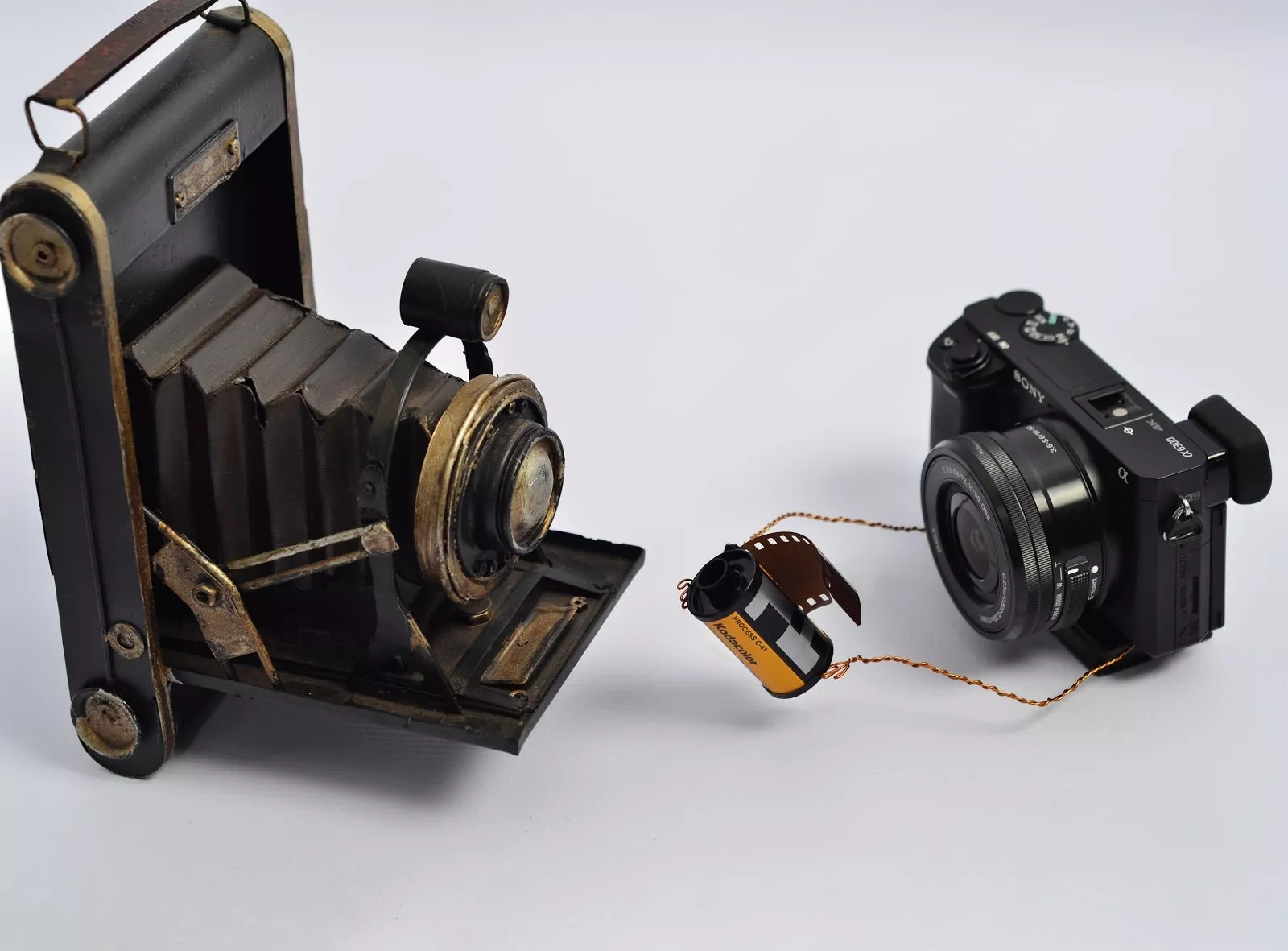
It took 60 more years for significant developments in the camera world to happen. In 1942, we see the beginning of cameras as we know them. The first analog CCTV cameras were designed and installed by a German engineer named Walter Bruch.
The owner of Polaroid, Edwin Land, built the first one-step camera in 1948. This is the beginning of the Polaroid camera as we know it. It snapped the picture, printed it out, and you got to watch it develop before your eyes.
In 1949, Photo-Pac released the first disposable cardboard camera. These became insanely popular and were used for vacations and weddings the world over. They were cheap and allowed you to take (and ruin) a lot more pictures for a lot less money.
The first amphibious underwater camera was created in 1957 by Jean de Woulters and someone else you may have heard of – Jacques-Yves Cousteau.
Digital cameras
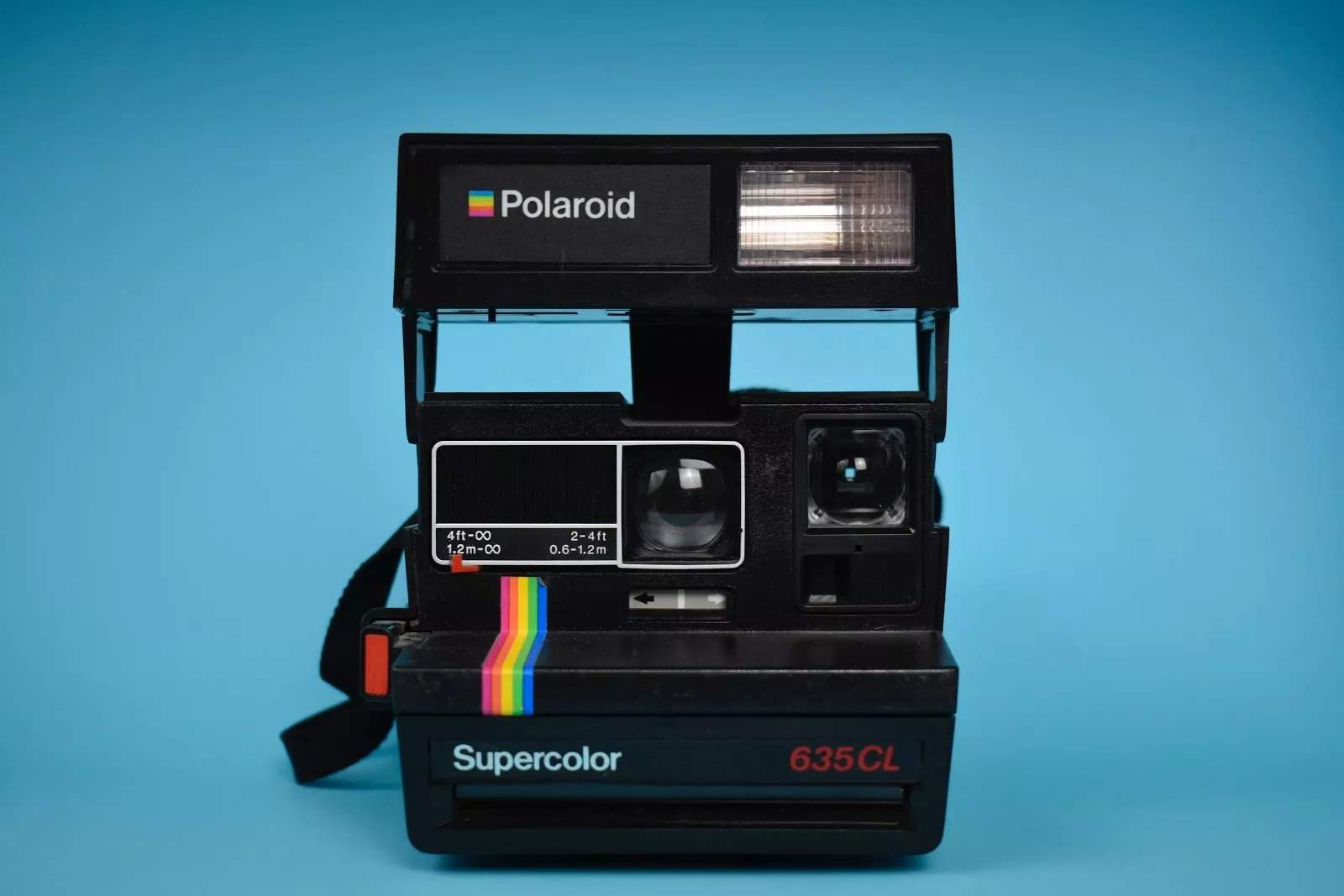
The 1960s saw the first strides toward the digital cameras we use today. NASA began using digital camera signals rather than analog cameras. The first filmless digital camera concept was created in 1961 by Eugene F. Lally.
The first physical digital camera was invented in 1975 by Steven J. Sasson, and in 1996, the first IP camera was released by Axis Communications.
By the 1990s, cheap digital cameras started making film cameras obsolete. Some professional photographers, as well as students, still use old film cameras, but many manufacturers have since stopped making them completely.
In fact, Eastman Kodak filed for bankruptcy in 2012. In 2008, Polaroid stopped manufacturing instant film, although these days it would seem that this type of photography is coming back for people who are feeling nostalgic.
How an Analog Camera Works
To understand how an analog camera works, it’s important to understand what photography is. The word itself comes from two Greek words meaning light and writing. While light can’t physically write or draw, it plays a big part in the pictures we see.
Items like the sun emit light, while other items, like the moon, reflect it. These beams of light enter our eyes at different wavelengths, and our eyes interpret the light to form a picture.
A camera captures this light energy and transposes it to a two-dimensional surface like the film inside an analog camera. Film is sensitive to light, so as the light is reflected off the mirror inside the camera onto the film, the film interprets that light as an image, much like our eyes do.
Key features of an analog camera
An analog camera has a plastic or a metal case that is light proof. The only place where light should be entering the box is through the lens when the photographer snaps the picture. Any other light exposure could ruin the film.
Most film cameras have viewfinders that allow you to see exactly what you’re taking a picture of. While it’s not always perfect, generally what you see in the viewfinder is what the camera will capture.
The aperture or diaphragm is a small hole in the case that lets light in for a short period of time. While you can change the aperture depending on light conditions, it only opens when you want to take the picture.
The shutter is a spring-loaded mechanism that has overlapping blades. These blades open to let light in through the aperture and then close again. The shutter speed is what determines how quickly they open and close to let the perfect amount of light in.
The flash on a film camera illuminates the subject of your picture at just the right time so that even in dark conditions, you can take clear pictures.
A film camera has at least one lens, but sometimes more. The lenses do multiple jobs:
- They create the incoming image on a smaller scale so it fits on the film.
- They concentrate the light energy coming in so the image forms quickly on the film.
- They bring these light rays into focus, creating clear images rather than blurry ones.
- The enable cameras to be small and portable by minimizing the distance between the aperture and the film.
The film in the camera is along the back wall opposite the shutter. It receives the light energy and imprints it on the plastic so you can develop it later for storing your favorite memories.
Another feature of note is the SLR (single lens reflex) system. It’s an advanced system included on most professional film cameras. Prisms and mirrors in the camera give you visibility to an exact view of the picture you’re taking.
Taking photos with a film camera
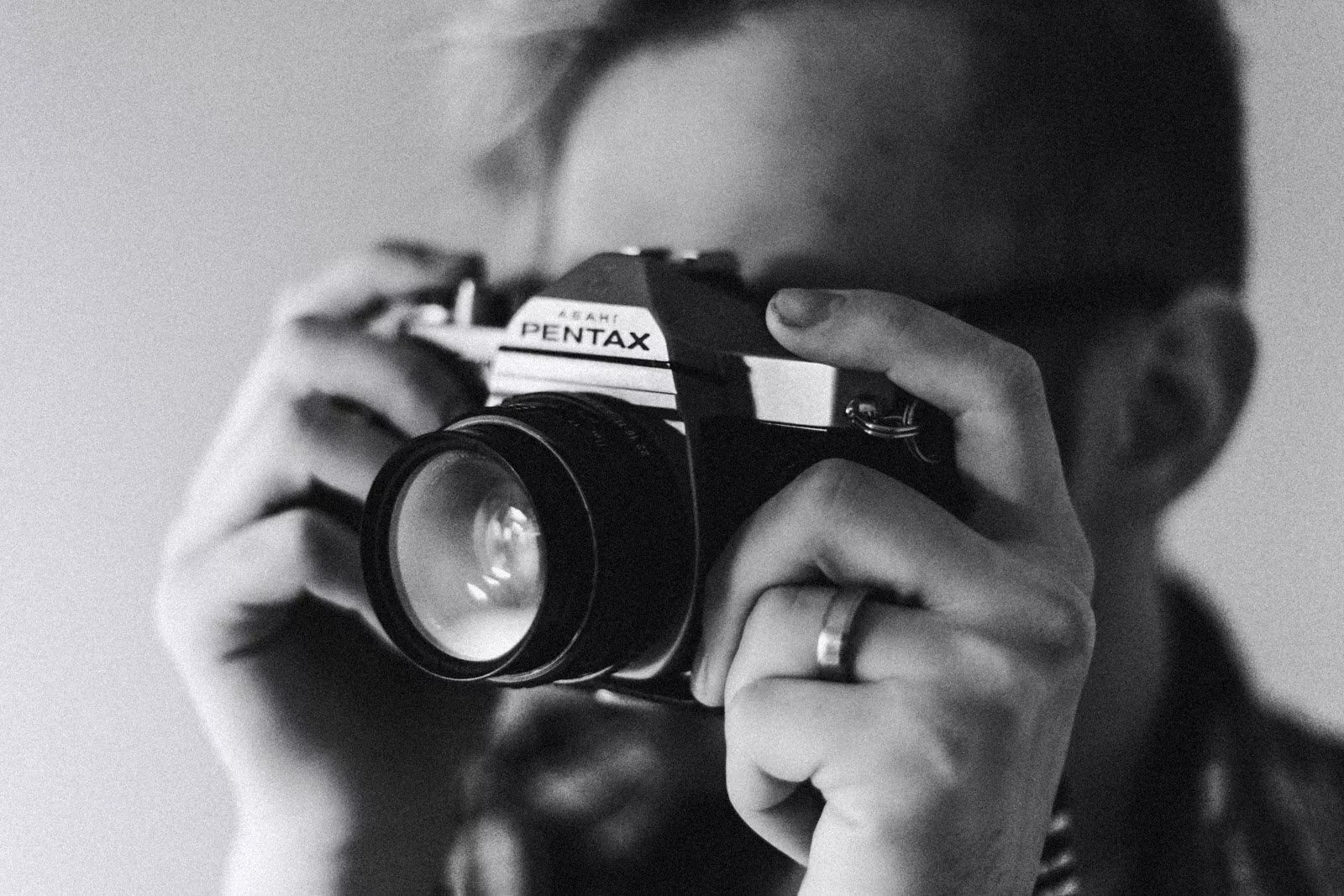
Most of us know the drill. You point your camera at the subject and click the button. Getting the pictures developed is always a surprise because you can’t see the picture you’ve taken instantly like you can with a digital camera.
Instead, the shutter briefly opens to let light pass through the aperture. The light hits the film for only a split second before the shutter closes again. The light rays cross as they enter and produce an inverted image.
Film’s sensitivity to light is what makes it perfect for taking pictures. However, because it’s so sensitive, only a very small amount of light is needed to take a picture. If the film is exposed to too much light, it will ruin your photos as well as any unused film you have left.
Exposure is the term used for how much light you let in. Exposure depends on how quickly the shutter opens and closes as well as how widely it opens.
Shutter speed is a measure of seconds and can be anywhere from 1/10,000 of a second to 30 seconds. The longer your shutter is open, the more light it lets in, which allows you to take pictures in darker conditions. However, any movement that happens while the shutter is open can create blurred images.
The aperture measurement is called an f-stop. Smaller numbers such as f/1 or f/2 mean more light gets in. Large numbers like f/16 or f/32 mean less light gets in.
Automatic cameras are called point and shoot cameras. They automatically adjust how much light gets in when you click the button depending on the conditions they sense.
While professional and high quality cameras often have automatic controls, they also allow for completely manual operation. You can adjust the focus, the size of the aperture, and the exposure time for a more precise result.
Early Analog Camera Models
There are plenty of early analog cameras to make this article go one for days. I won’t do that to you. However, the history of the 35mm camera is very interesting, and here’s a list of some of the most notable analog cameras ever made.
Jens Poul Andersen 35mm camera
In 1905, Jens Poul Andersen of Nellerod, Denmark produced four of these 35mm cameras. They had guillotine shutters with a 1/100 second shutter speed that could not be adjusted.
However, the lens was mounted within a brass barrel that allowed for four aperture settings of f/15, f/10, f/8, and f/5.
The body of the camera was mahogany and was in the shape of a flat box and accepted up to 20m of 35mm film, allowing for up to 300 exposures.
Leica 0
The Leica 0 was made in 1923 and 1924. One of the most notable features that remains on many cameras today is the lens cap attached to the camera body with a cord. There is a self-capping shutter and a viewfinder directly above the lens.
Zeiss Contax
In 1932, the Zeiss Contax started a direct competition with the popular Leica format. It resembles more modern 35mm film cameras and included the longest rangefinder ever at 100mm.
It had adjustable shutter speeds up to 1/1000 second and a bayonet mount to accept interchangeable lenses. It was produced from 1932 to 1938 and there were 12 lenses available in the line.
Traditional Film Cameras vs. Digital Domination
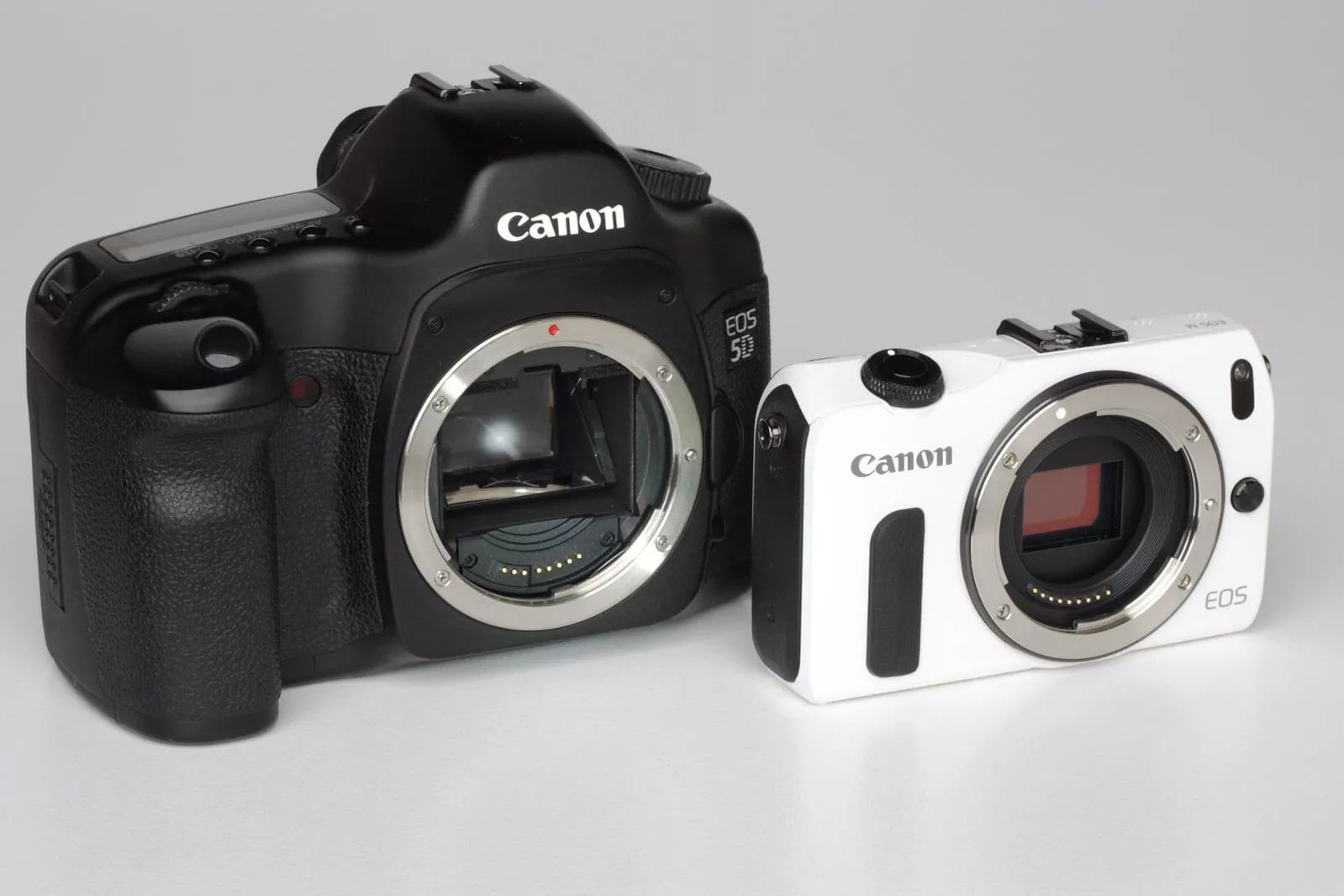
These days, digital dominates. It’s convenient, easy to use, and the results are immediate. In a world of instant gratification, we can’t expect our kids to wait a week for pictures to get developed.
Can we?
While they seem to work the same, there are plenty of differences between film cameras and their digital counterparts. Here are just a few important distinctions.
Film camera advantages
- The initial cost is lower than for a similar digital camera.
- Film does a better job of capturing the details of blacks and whites and can reveal subtle differences that digital will miss.
- Film can forgive small focusing and exposure issues.
- Film results in higher resolution photos.
- You can push and pull analog film as many stops as needed, although it does affect the contrast of the image.
- Film photography requires putting a lot of thought into each image so the film isn’t wasted.
- Film cameras do not need batteries or power.
Advantages of digital photography
- The resolution on a digital camera is often high enough for even large prints.
- You can change film speeds between photos.
- Digital cameras are more lightweight than similar film cameras.
- Memory cards are small but have large capacities.
- You can view images immediately for instant gratification.
- You can edit images immediately, check for quality, and reset if the image didn’t produce the desired result.
- You don’t have to develop photos you don’t like or pay to develop photos that didn’t turn out.
- Digital cameras come with built-in.
The Best Film Cameras Money Can Buy
Some of the best film cameras ever made are still available for purchase. Because the idea of photography hasn’t changed, film cameras generally stand the test of time. They’re not obsolete, despite how technology changes.
Bonus: you can still get them all on Amazon!
Canon AE-1
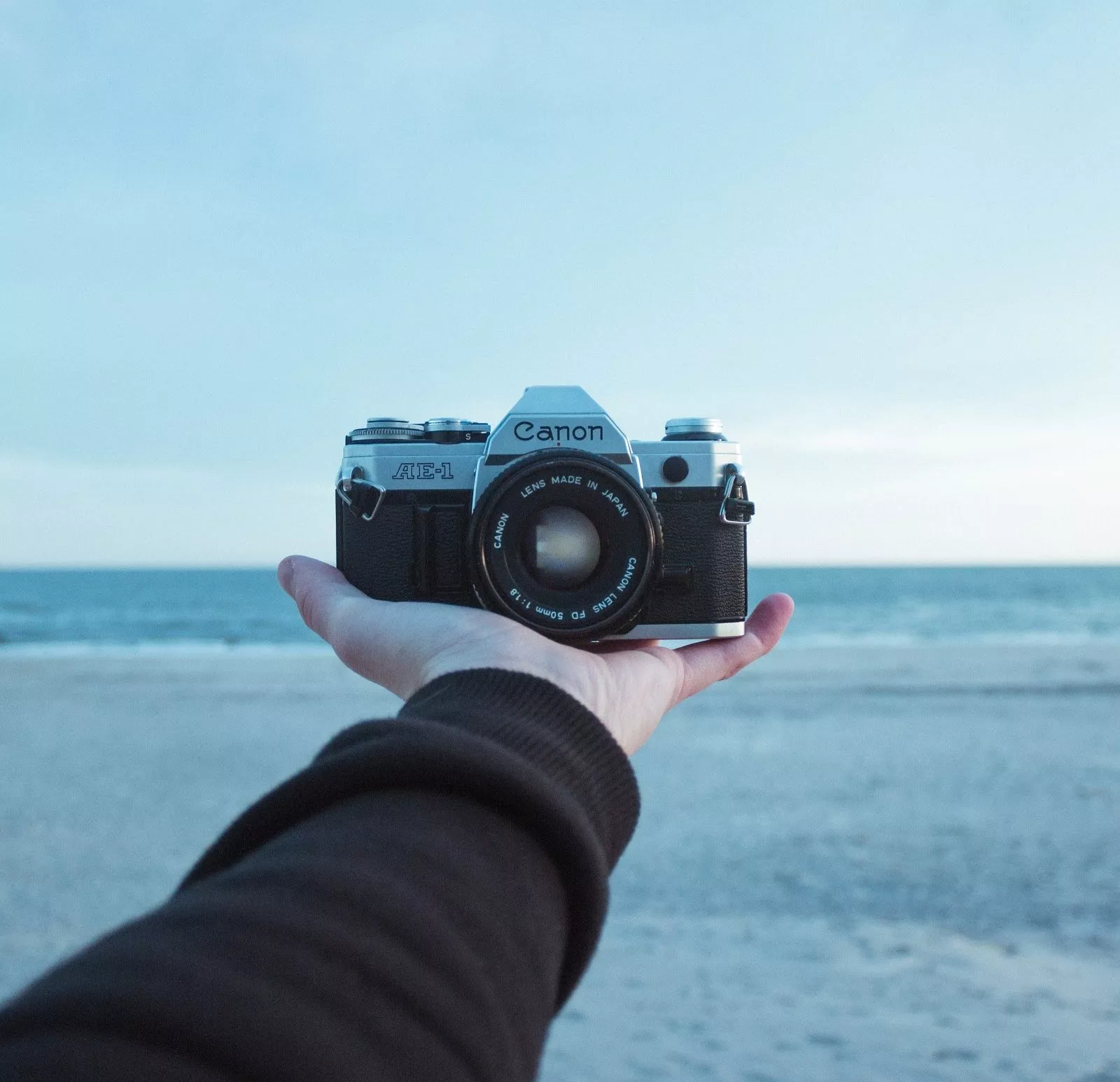
This camera was manufactured from 1976 to 1984 and is one of the most popular cameras ever made. It’s an SLR camera and it was one of the first cameras to be used by professionals and hobbyists alike.
The controls were simple enough for an amateur photographer to use and it was affordable. However, it was still sturdy and reliable enough for daily use. Canon lenses are famous for their quality, too.
For people looking to get into analog photography, this is one of the best options, and you can still buy these on Amazon. They have stood the test of time and still work great.
Nikon FM2
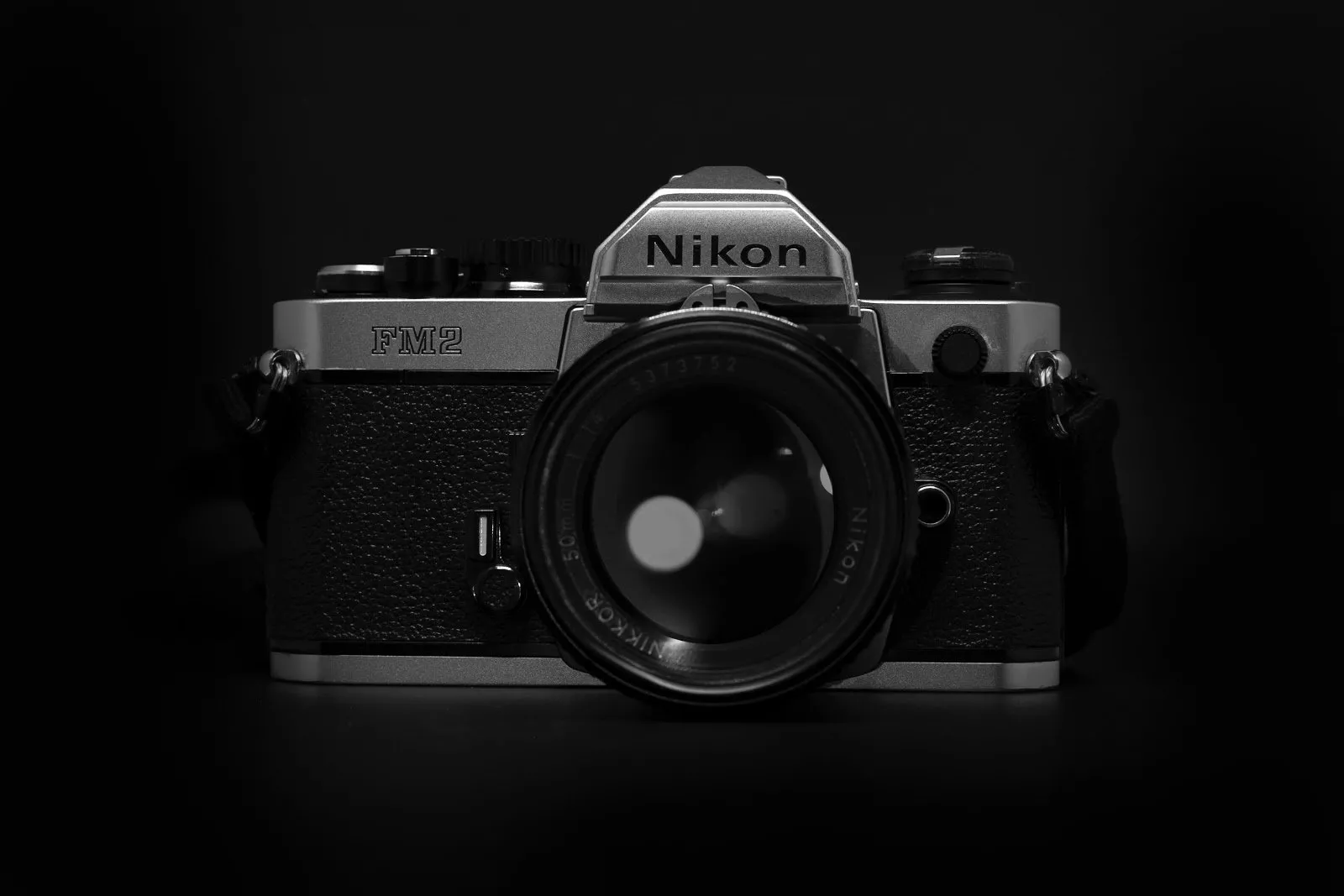
The Nikon FM2 features more shutter speed versatility than most other film cameras. You can adjust it as low as 1/4000th of a second. It also has a mechanical shutter, so there’s no need for a battery.
All you need is a battery for the light meter, which, coincidentally, provides some of the most accurate metering of all time.
This camera can receive any of Nikon’s F-mount lenses manufactured after 1977, meaning you have endless possibilities.
It’s straightforward and contains simple controls that were trimmed of a lot of the extras that other manufacturers in the 1980s provided. Instead, it’s a reliable, no-nonsense, easy-to-use device.
Pentax K1000
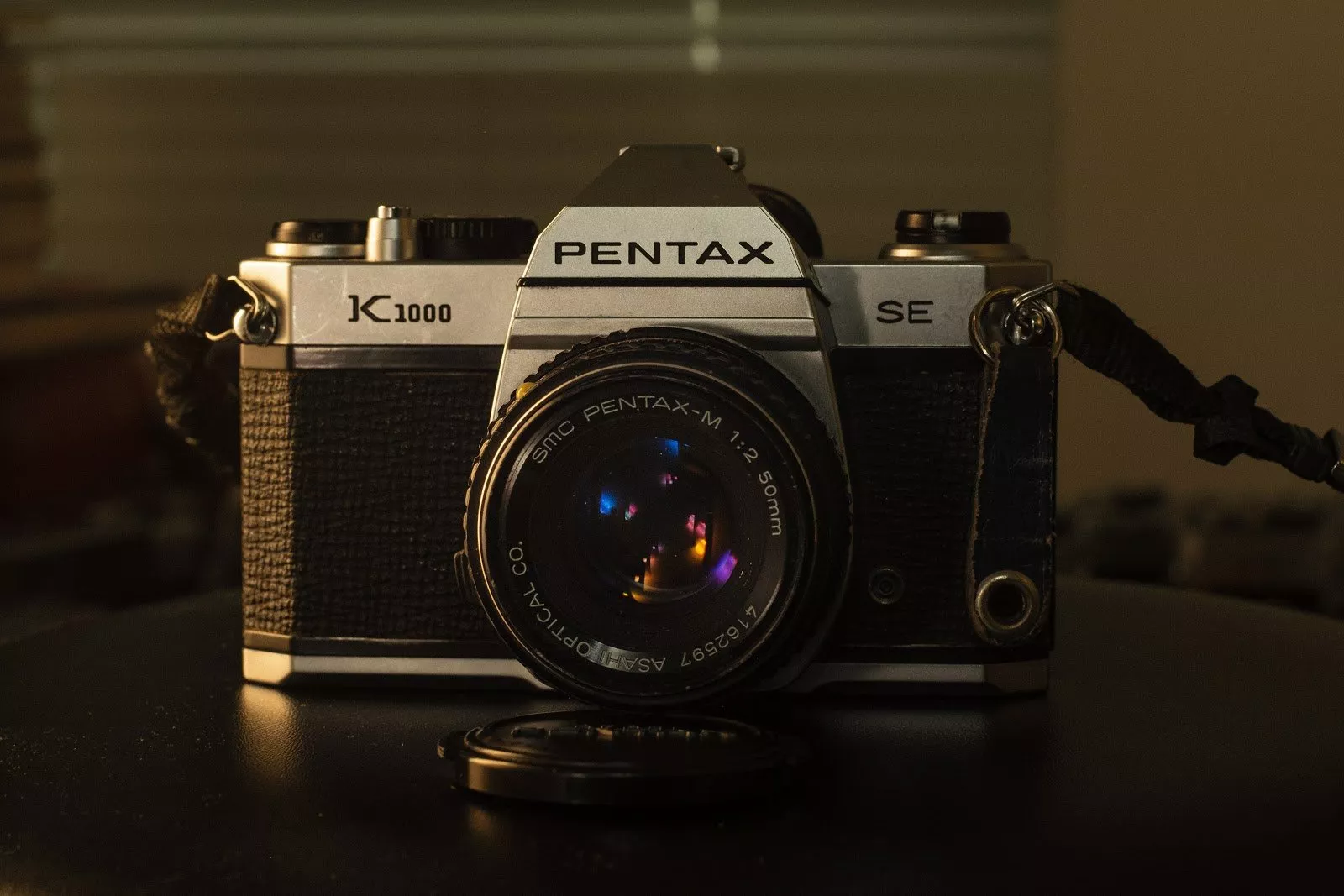
Many people haven’t heard of Pentax, despite its reliability as a workhorse camera. It has an all metal body, which makes it a pretty heavy camera, but all settings are manual. This is the perfect camera for students learning how film and photography actually work.
Lenses are plentiful and the price is usually right.
Olympus OM-1
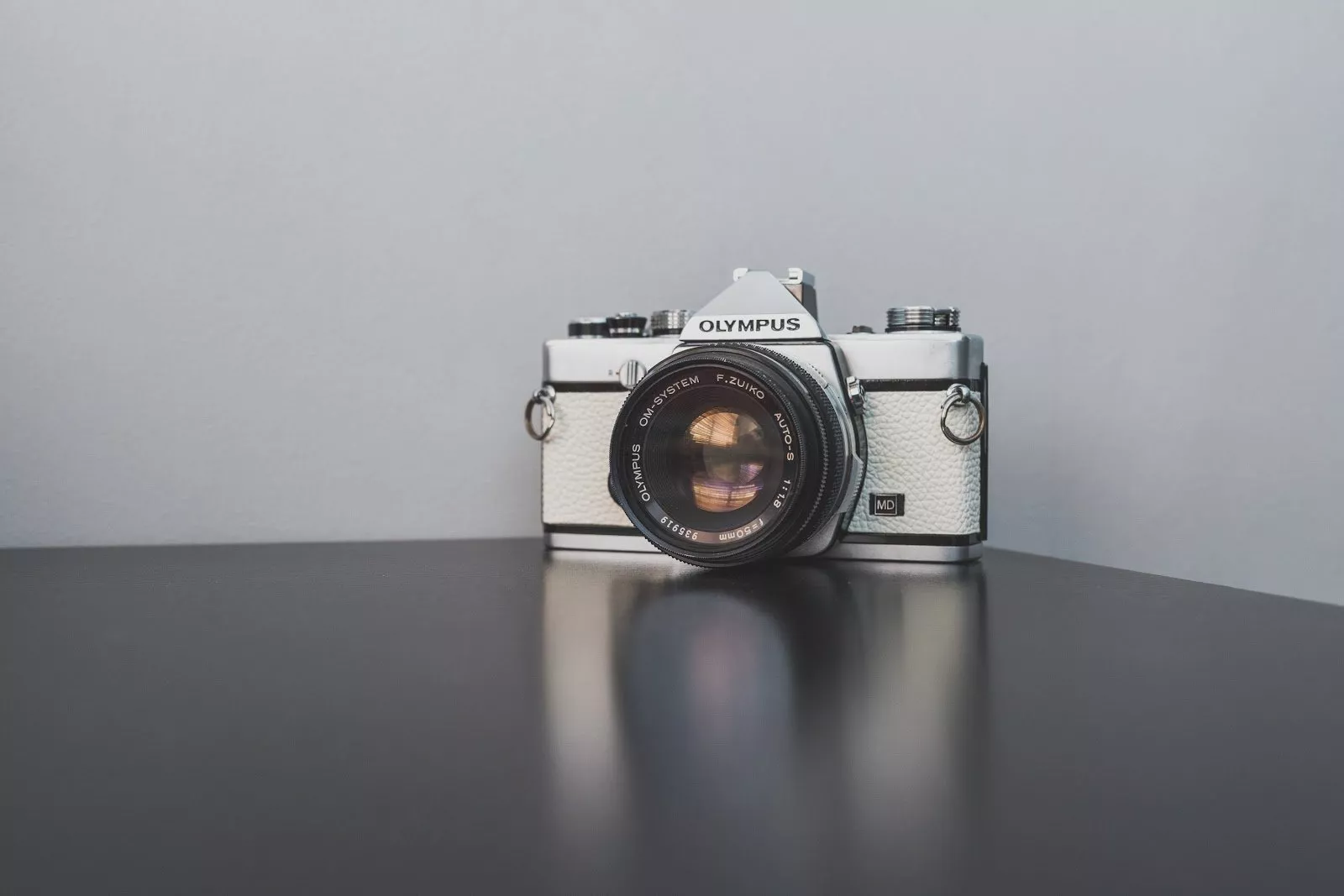
The Olympus OM-1 is a compact camera of great quality. It’s lightweight and affordable. They’re often considered a small step down from premium brand, Leica, because of their extremely cheap prices. In fact, they were modeled after the Leica M series. For people on a budget, this is one of the best cameras you can buy.
Minolta X-700
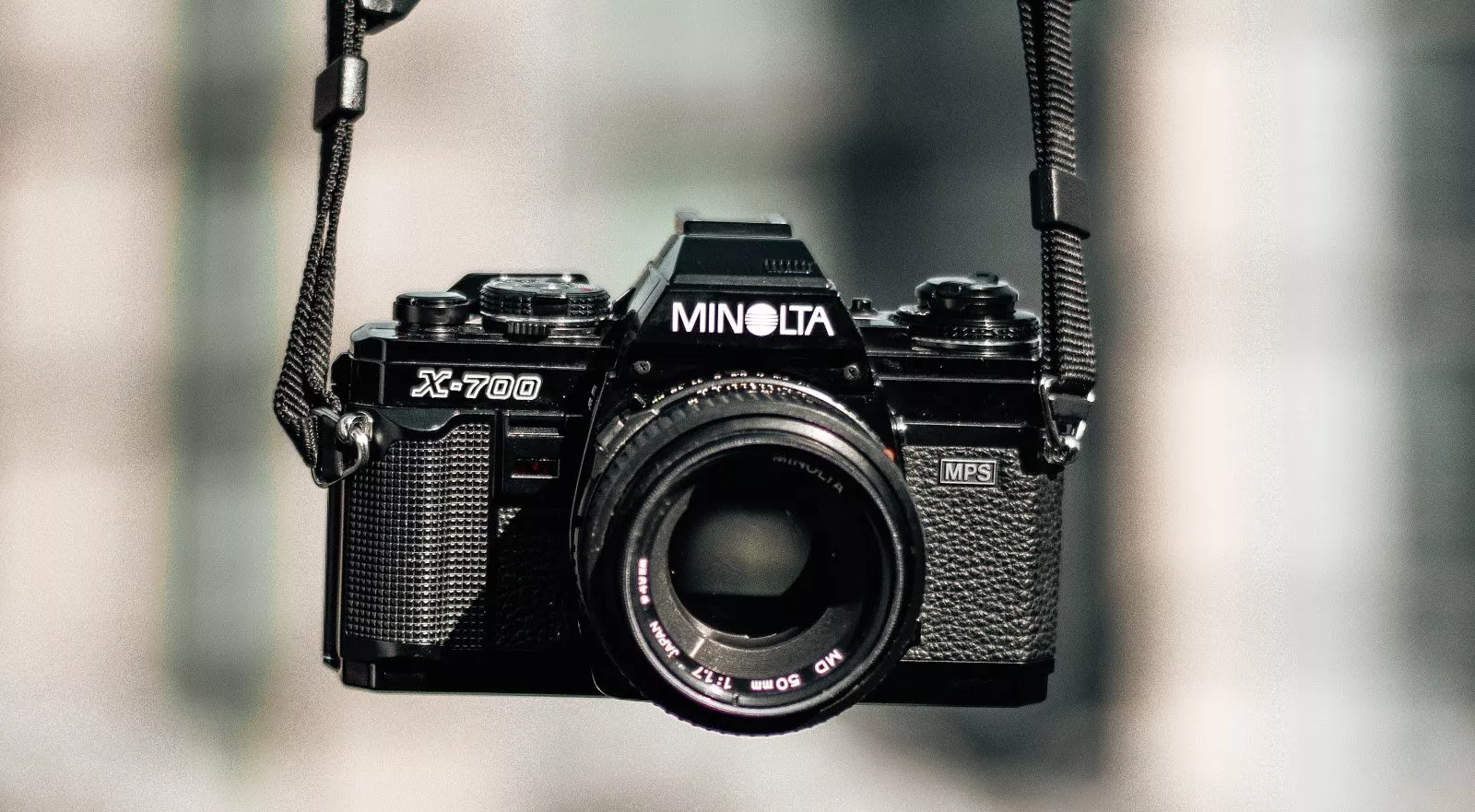
This was perhaps the best manual focus camera ever made. It has one of the brightest viewfinders of all film cameras, making it an absolute pleasure to take pictures.
Fully automatic and manual modes make it versatile enough for novices and experienced photographers. Unfortunately, the only thing you might miss here is a large lens selection.
However, you will enjoy a reliable, solid camera, and if you can get ahold of lenses like the Minolta MC or MD, you’ll have the perfect camera.
Although these days digital seems king, film photography can teach us a lot about science. Understanding how they work is a lesson in where photography skills originated, and many photographers are better for it.
Some even prefer to use film, despite the growing popularity of digital cameras. They’re more reliable, they don’t grow obsolete, and you can manipulate them manually for the effects you want.
Whether you’re an aspiring photographer who wants to enter the business or a hobbyist who craves knowing about history, analog cameras are tools that give us a glimpse into our past to help us better understand our future.
